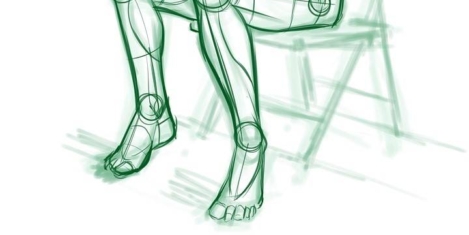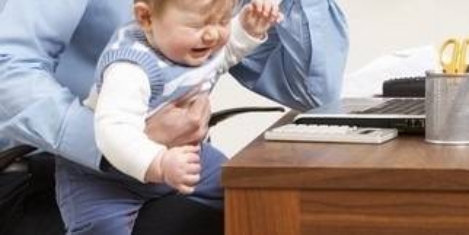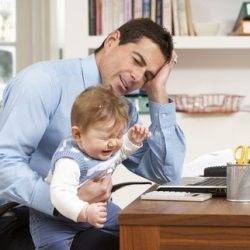October 21, 2016
Triple threat to worker wellbeing is financial, mental and physical 0
 Workers are under siege from a triple threat to their wellbeing, often dealing with a combination of financial, mental and physical health problems. Research from AXA PPP healthcare claims that over half (52 per cent) of nearly 2,500 workers polled had faced financial difficulties, while around a third say they’ve lived with mental ill health (36 per cent) or had problems with their physical health (30 per cent). Most workers (81 per cent) say that, when they’ve experienced difficulties with their mental health, their physical health has suffered too, while over half (52 per cent) admit that their finances have been adversely affected. Similarly, when facing problems with their physical health, 71 per cent say that they’ve also experienced difficulties with their mental health, while 40 per cent report that their finances have taken a turn for the worse. A sizeable proportion of employees who’ve had financial difficulties say that their mental health (76 per cent) and physical health (50 per cent) have also been adversely affected.
Workers are under siege from a triple threat to their wellbeing, often dealing with a combination of financial, mental and physical health problems. Research from AXA PPP healthcare claims that over half (52 per cent) of nearly 2,500 workers polled had faced financial difficulties, while around a third say they’ve lived with mental ill health (36 per cent) or had problems with their physical health (30 per cent). Most workers (81 per cent) say that, when they’ve experienced difficulties with their mental health, their physical health has suffered too, while over half (52 per cent) admit that their finances have been adversely affected. Similarly, when facing problems with their physical health, 71 per cent say that they’ve also experienced difficulties with their mental health, while 40 per cent report that their finances have taken a turn for the worse. A sizeable proportion of employees who’ve had financial difficulties say that their mental health (76 per cent) and physical health (50 per cent) have also been adversely affected.



































October 24, 2016
How and why employee fitness became part of the corporate agenda 0
by Michael Page • Comment, Wellbeing, Workplace design
(more…)